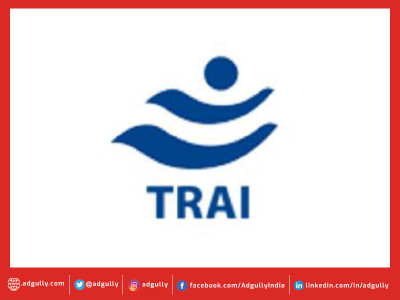TRAI stresses on covering ‘TV Dark’ homes despite costs Vs commercial return angle
Among the parameters suggested by TRAI in its recently released Consultation Paper, titled ‘Inputs for formulation of National Broadcasting Policy-2024’, that may be considered to increase the M&E sector’s contribution to the Indian economy is the provisioning of affordable television services in ‘TV Dark’ homes.
India’s broadcasting landscape comprises of 326 broadcasters, 887 registered MSOs, 1 HITS operator, 4 pay DTH operators as of today, along with free-to-air DTH service DD Free Dish, which is owned and operated by public broadcaster Prasar Bharati. Further, a few IPTV service providers are also providing a variety of options to consumers to access TV and radio channels.
Stating the potential of the broadcasting industry, TRAI citing Census India 2011 numbers said that there exists approximately 320 million households in India, of which about 182 million households have access to television sets (including linear and non-linear TV services). Thus, there exists potential of provisioning televisions to more than 100 million ‘TV Dark’ homes in the country.
“The factors that may be attributable for the unconnected TV households in India include lower income levels among households that may not be able to afford television sets along with other ongoing expenses. Also, remote and rural areas may lack the necessary cable TV broadcasting infrastructure to support households with TV connections,” TRAI noted in the Consultation Paper.
The regulatory authority acknowledged that the costs of reaching remote, rural, hilly and inaccessible areas are more in relation to commercial return, “but the social cost of remaining unserved is high and growing”. Thus, TRAI has stressed on the need to explore and suggest strategies and implement policies to connect the unconnected households.






Share
Facebook
YouTube
Tweet
Twitter
LinkedIn